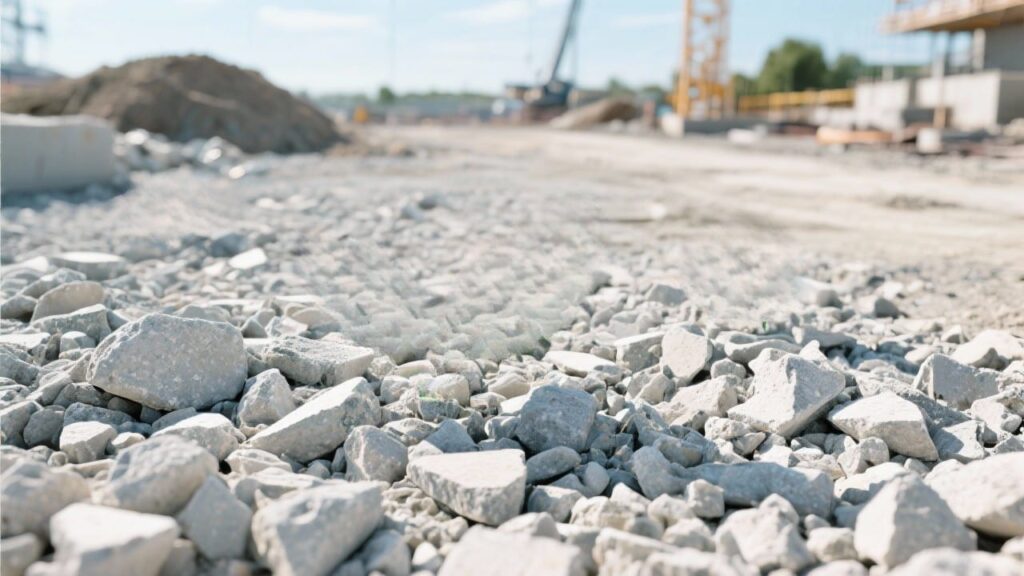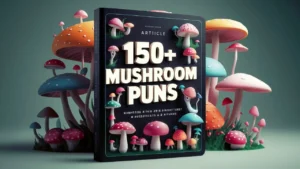
Modern construction is undergoing a transformation. With sustainability at the forefront, builders and developers are rethinking traditional methods and materials. One standout solution is the use of crushed concrete. By recycling old slabs, sidewalks, and structures through a portable concrete crusher, this material is reborn as a valuable resource. Rather than ending up in landfills, concrete waste becomes an eco-friendly building material that supports sustainable construction practices.
Why Traditional Concrete Poses Environmental Challenges
Concrete is the most widely used construction material on the planet, but it comes at a cost. Producing cement, the key ingredient in concrete, accounts for nearly 8% of global carbon dioxide emissions. Quarrying natural aggregates like stone and gravel further disrupts ecosystems, consumes energy, and depletes natural resources.
For decades, concrete waste from demolition projects piled up in landfills. Each new building meant tearing down the old, producing millions of tons of debris annually. As urbanization accelerates, these problems only grow more severe. Enter recycled concrete construction — an approach that flips waste into opportunity.
What Is Crushed Concrete?
Crushed concrete is exactly what the name suggests: old, demolished concrete that has been broken down into smaller, reusable aggregates. Using specialized equipment such as crushers, screens, and sorting systems, the waste material is processed until it can serve as a substitute for natural stone.
The process includes:
- Collection – Demolished concrete is gathered from construction and road projects.
- Processing – With machines like a portable concrete crusher, large chunks are reduced to smaller, uniform sizes.
- Screening – Materials are sorted by size for different applications.
- Quality Checks – Contaminants such as rebar or wood are removed to ensure clean, reliable aggregate.
What emerges is a product that is strong, versatile, and cost-effective, while also embodying the principles of crushed concrete sustainability.
Environmental Benefits of Crushed Concrete
1. Reduces Landfill Waste
Every ton of concrete recycled means less debris filling up municipal landfills. Cities that embrace eco-friendly building materials reduce pressure on waste management systems and extend landfill lifespans.
2. Conserves Natural Resources
By substituting crushed concrete for gravel and stone, we reduce the need for quarrying. This prevents habitat destruction, minimizes water usage, and cuts back on energy-intensive mining operations.
3. Lowers Carbon Footprint
Recycling concrete requires far less energy than producing new cement or mining virgin aggregates. It also reduces greenhouse gas emissions associated with transporting raw materials from distant quarries.
4. Encourages Circular Economy Practices
The concept of “closing the loop” in construction is essential for the future. Instead of a linear model where resources are used and discarded, green alternatives to concrete promote a circular cycle where materials are continuously reused.
Practical Applications in Modern Construction
Crushed concrete isn’t just a theoretical green alternative — it’s already being used in multiple ways:
- Road Base and Sub-Base: A stable foundation for highways, driveways, and parking lots.
- Backfill Material: Ideal behind retaining walls and in trenches for utility lines.
- Landscaping Projects: Garden pathways, patios, and decorative edging.
- Erosion Control: Larger pieces of crushed concrete protect shorelines and riverbanks.
- Structural Fill: Used in embankments or to level building sites.
These applications showcase how recycled concrete construction blends sustainability with functionality.
Cost Savings with Crushed Concrete
Sustainability is often perceived as more expensive, but crushed concrete proves otherwise. Builders report cost savings of 10–25% when substituting it for natural stone.
Key financial benefits include:
- Lower Material Costs – Since crushed concrete is sourced from demolition waste, it is generally cheaper than virgin aggregates.
- Reduced Transportation Costs – Local recycling facilities and portable crushing operations cut down on fuel and hauling expenses.
- Tax Incentives and LEED Credits – Many jurisdictions offer benefits for using recycled materials, while green certifications boost a project’s value.
For municipalities and contractors handling large-scale projects, the savings are substantial.
Addressing Concerns About Crushed Concrete
Despite its many advantages, some hesitate to adopt crushed concrete. Common concerns include:
- Strength and Durability – Modern recycling techniques ensure that crushed concrete meets strict engineering standards. It is strong enough for road bases, foundations, and even structural projects.
- Appearance – While it may lack the polished look of natural stone, many designers embrace its rustic, industrial aesthetic in landscaping.
- Contamination – Professional processing eliminates rebar, wood, and other debris, making the final product clean and reliable.
By addressing these issues, crushed concrete sustainability becomes an achievable reality for projects of all sizes.
Crushed Concrete and Sustainable Construction Practices
Using crushed concrete isn’t just about saving money or reducing waste — it’s about reshaping the construction industry into a more responsible sector. Integrating eco-friendly building materials like crushed concrete into projects supports global goals for carbon reduction and environmental stewardship.
Contractors who adopt sustainable construction practices gain a competitive edge, attracting clients who value green certifications and long-term environmental responsibility. Homeowners also benefit by choosing landscaping and driveway options that align with sustainability.
The Future: Green Alternatives to Concrete
As technology advances, the role of crushed concrete will only grow. Future innovations may include:
- Advanced Sorting Systems – Using AI and robotics to remove impurities faster and more accurately.
- Blended Materials – Combining crushed concrete with other recycled materials like fly ash for even stronger composites.
- Carbon Capture Integration – Recycling processes that actively absorb carbon dioxide during curing.
These developments will position recycled concrete construction as not only a green alternative, but also a superior option in many applications.
Conclusion
Crushed concrete is more than a cost-saving substitute — it is a green alternative in modern construction that delivers real environmental benefits. By reducing landfill waste, conserving resources, and lowering carbon emissions, it stands as one of the most effective eco-friendly building materials available today.
From highways to garden paths, from drainage solutions to structural fill, its uses are expanding. And with ongoing innovations, crushed concrete is shaping the future of sustainable construction practices worldwide.
For builders, homeowners, and municipalities, the message is clear: embracing crushed concrete is not just smart — it’s essential for a greener, more resilient future.








